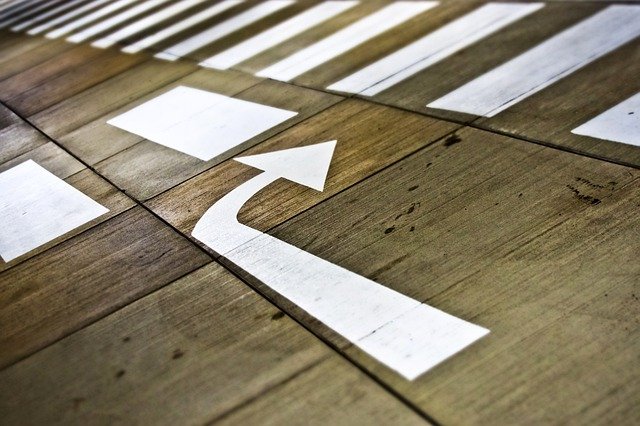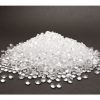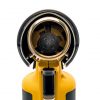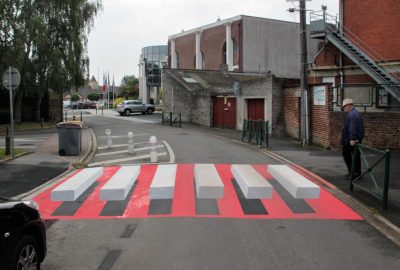The different types of roadmarking
Marking the ground is essential on the roads where the vehicles circulate to indicate to the drivers the direction of traffic, the position of the parking spaces, the areas reserved for certain users, etc. There is a large range of products available for marking the ground: paint, resin, thermoplastic bands, etc. painting, resins, adhesive tapes or heat-sealed bands (applied with heat-sealing blowtorches). The material choice depends on the number of passages which determines the necessary resistance of the marking.
Road paintings
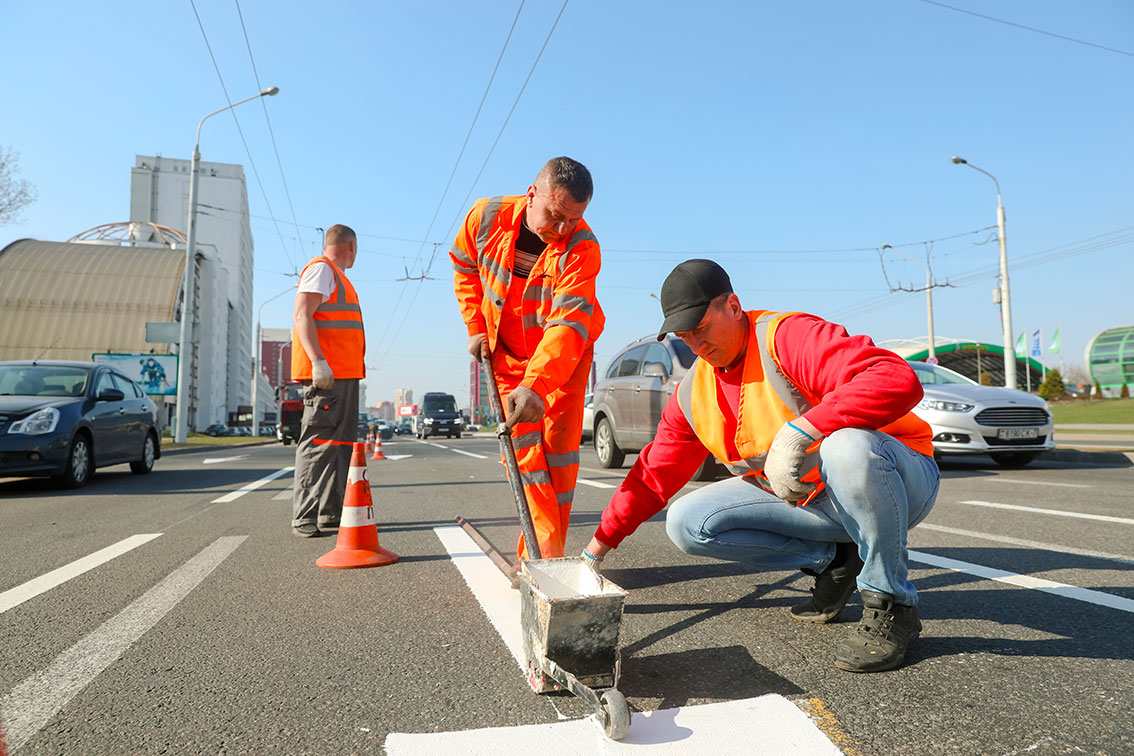
Road markings are prized for their versatility, visibility, and resistance. They allow to materialize all types of signage. However, their application requires a particular expensive equipment. To trace straight lines, as well as dotted lines, you need to equip yourself with a tracing machine equipped with a compressed air sprayer that allows for perfect control of the work. The markings on the ground are clear and precise, with a homogeneity of the layer of paint controlled by the machine of building.
Any special marking requires the production of a template: The paint application is done with an airless sprayer or a roller.
The different paints for floor marking
- Water paintings
- Paintings with solvents.
- Paintings with non-toxic, aliphatic solvents.
- Two-component paints (the most resistant).
Cold resins
Cold process resins contain two components: the base and the hardener. Thus, the resin hardens by polymerization following the mixing of the two elements and the laying on the pavement. For a high quality adherence, the application is carried out with a spatula and requires several layers of homogeneous.
The cold resin offers excellent mechanical resistance and is guaranteed to last between 5 and 8 years, even in high-traffic areas.
The hot resin or thermoplastic resin
Thermoplastic resin is a hot melt coating. It comes in the form of plastic crystals that melt when heated. The result offers great resistance to traffic. This product is guaranteed for 5 to 8 years.
The installation of the thermoplastic resin
The thermoplastic resin can be applied in three different ways.
- Extrusion application is done with a tool equipped with an extrusion head that heats the resin while it is being sprayed. This constitutes the quickest method, with a clear and lasting result.
- The projection application is identical to that of painting, that is to say it requires a compressed air engine. An element heater is provided upstream of the projection nozzle. The tracing is neat and durable.
- The pouring requires a foundry sabot that allows the resin to be applied by gravity. This marking on the ground can be done by hand or with a tracing machine.
Elastomeric strips
The elastomeric strips are prefabricated elements that can be applied manually or with heat-sealing blowtorches. They are designed for quick application and immediate use, without waiting to dry.
Elastomeric strips are designed to mark arrows, bicycle lanes, parking spaces, etc. They are available in four models that involve different installation techniques.
- Self-adhesive elastomeric strips that can be installed without any tools.
- Elastomeric strips to be glued on with glue or on hot bitumen.
- Methacrylate resin strips that require a sealing adhesive.
- The thermal heating bands are applied with thermal heating blowtorches.

